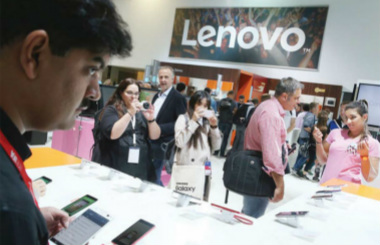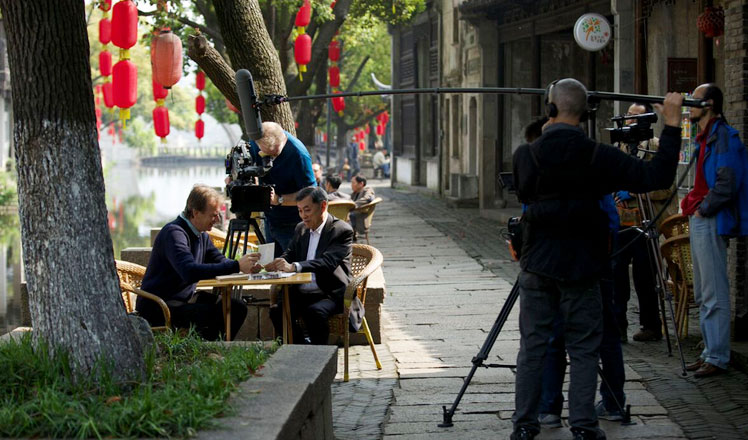An engraved legacy
Updated: 2016-01-26 11:35
By Deng Zhangyu(China Daily)
|
|||||||||||
Chinese-born French artist Zao Wou-ki's engravings will be shown in Nantong two years after his death.
Two years after the death of Zao Wou-ki at his home in Switzerland, a show of his engravings is finally coming to Nantong in East China's Jiangsu province, where he was raised. While he was still alive, the Chinese-born artist had wanted the show to be held simultaneously in Paris and Nantong in 2012, but that remained an idea until more recent times.
Zao (1920-2013) was a leading light of postwar art in France, where he spent years of his life before moving to Switzerland.
Born in Beijing, he was among the world's top-selling artists of Chinese descent with each piece of his work fetching millions of dollars at auction houses even today.
Zao's show will be unveiled on Thursday at Nantong Museum and will display 67 lithographs, six copperplate etchings and seven books of illustrations. It will run through May 25.
It is the first solo show in China of his works since his death.
The master's wife, Francoise Marquet, who is also president of Zao Wou-ki Foundation, described the engravings' show as "very special" in a written preface.
The show's curator, Peng Chunmei, says: "For four years, we have been making efforts to bring the show to Nantong. It is a good attempt to display his canvas in China."
Zao's parents moved from Beijing to Nantong-a city that is 90 minutes by road from Shanghai-when he was an infant. He studied Chinese calligraphy until age 14 and then left for neighboring Hangzhou to start training in oil painting. He emerged as an exceptional artist who merged Chinese and European aesthetics in his works.
His abstract oil paintings, rich in the use of color, light and shadows, are widely bought by museums and private collectors across the world.
Related Stories
Pingtan to have branch of prestigious painting academy 2016-01-20 17:26
Exhibition of Tibetan Thangka painting attracts visitors in Lanzhou 2016-01-19 14:47
Monkey portraits by Chinese ink painting masters 2016-01-14 09:09
Nanxiang gives away painting awards to youth 2016-01-06 17:35
Nearly 100 masterpieces of Chinese painting and calligraphy return to Zhejiang 2016-01-06 11:17
Today's Top News
China's growth envy of developed world
Foreigners find hard to but China's rail tickets
Rags to riches saga underlines China's transformation
Leaders address Iran's thirst for growth
UK's interest in China boosted by BBC TV series
Global push
AIIB chief vows to run clean, lean, green institution
'More Europe' to deal with 'triple crisis'
Hot Topics
Lunar probe , China growth forecasts, Emission rules get tougher, China seen through 'colored lens', International board,
Editor's Picks

|

|

|

|

|

|







